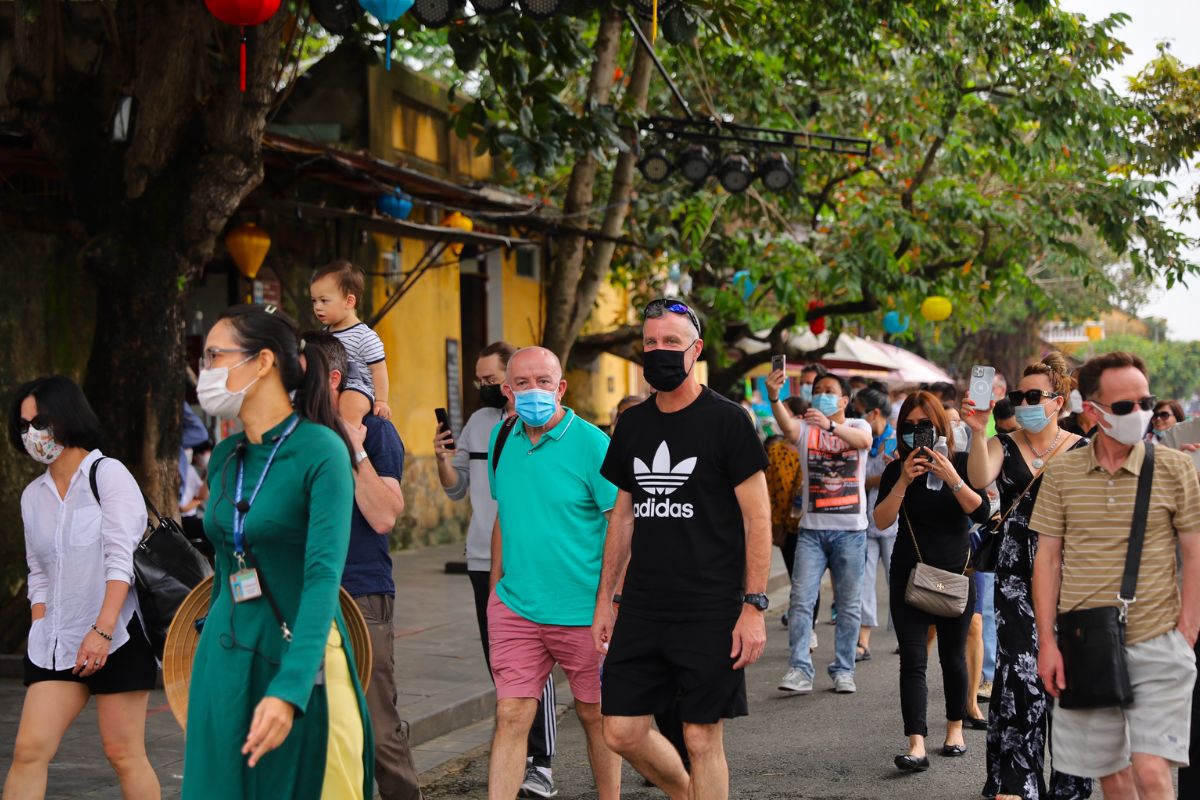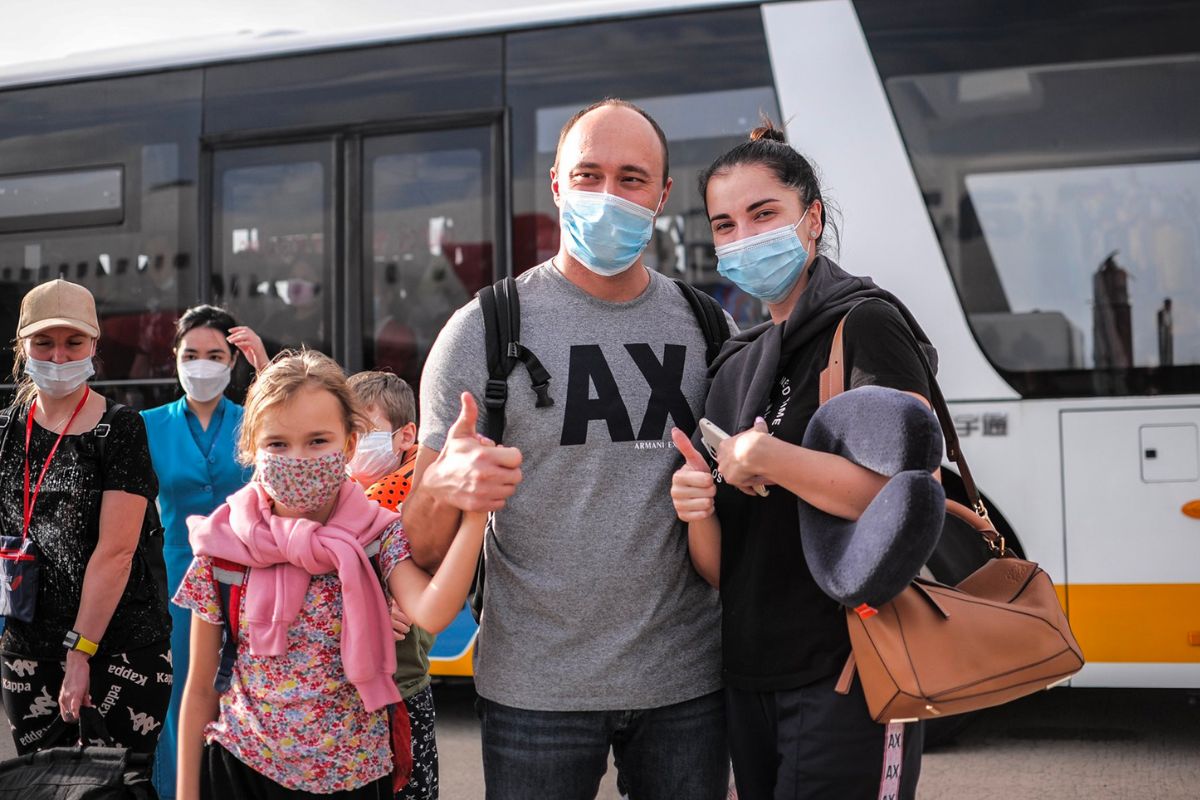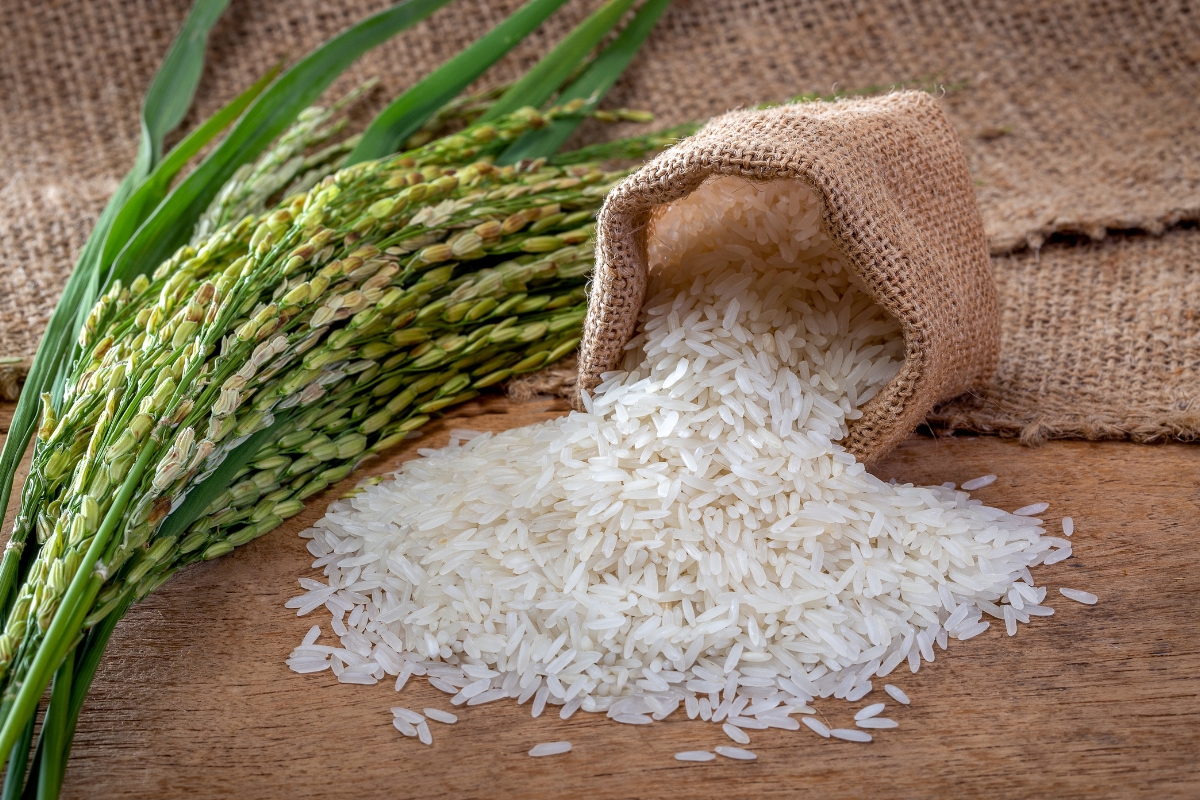TABLE OF CONTENT
The entry requirement for Vietnam is a necessary condition for all tourists to begin their journey of exploring this beautiful country. Read this article and get ready for your Vietnam trip.

Vietnam stands as an alluring destination, with its rich culture, diverse landscapes, and warm hospitality drawing travelers from all corners of the globe. However, before embarking on your adventure, it’s essential to understand the entry requirement for Vietnam. In this latest update for 2024, we’ll delve into the requirements to visit Vietnam, passport requirements for Vietnam, and the latest Vietnam entry requirements update, ensuring your journey is seamless and worry-free.
Update entry requirement for Vietnam: Visa Requirements
Visiting Vietnam typically entails obtaining a visa, a crucial aspect of entry requirements. For most travelers, securing a visa is mandatory, with several options available based on nationality and the purpose of the visit.
Tourist Visas
Tourist visas are the most common type of visa for visitors entering Vietnam for leisure purposes. These visas allow travelers to explore the country’s attractions, immerse themselves in its culture, and enjoy its natural beauty. Tourist visas can be obtained through various application methods, including applying at the Vietnamese embassy or consulate in one’s home country, utilizing online visa application systems, or opting for Visa on Arrival (VOA) for air travelers.
Depending on the traveler’s nationality and application type, tourist visas may be issued for single or multiple entries and are typically valid for a specified period, ranging from 15 days to 1 year. It’s essential to check the specific requirements and processing times for tourist visas based on your nationality and intended duration of stay in Vietnam.
Business Visas
Business visas are required for travelers entering Vietnam for business-related activities, such as attending meetings, conferences, or negotiations. These visas enable visitors to engage in business activities within the country and are typically obtained through the Vietnamese embassy or consulate in one’s home country or online visa application systems.
Similar to tourist visas, business visas may be issued for single or multiple entries and are valid for varying durations, depending on the traveler’s nationality and application type. Travelers applying for business visas should provide supporting documents, such as a letter of invitation from a Vietnamese business partner or company, to demonstrate the purpose of their visit.
>> Vietnam Travel Guide: What To Know Before Your Journey. Discovery here!

Visa Exemptions and Visa-Free Entry Agreements
Vietnam extends visa exemptions and visa-free entry agreements to citizens of select countries, facilitating hassle-free entry for specified periods. These agreements allow travelers to enter Vietnam without a visa for a predetermined duration, typically ranging from 14 to 90 days, depending on their nationality and the bilateral agreements between Vietnam and their respective countries. Citizens from 13 countries are eligible for visa exemption, allowing them to enter Vietnam without a visa for a specified period, including Southeast Asian nations, such as Thailand, Malaysia, Singapore, Indonesia, and the Philippines, as well as several European countries, including Russia, South Korea, Japan, and more.
Visa exemptions and visa-free entry agreements are subject to specific conditions and eligibility criteria, such as the purpose of travel, intended duration of stay, and nationality of the traveler. Travelers from eligible countries can take advantage of these agreements to explore Vietnam’s attractions, conduct business activities, or visit friends and relatives without the need for a visa. However, it’s essential to check the specific conditions and requirements for visa exemptions and visa-free entry agreements based on your nationality before traveling to Vietnam to ensure compliance with entry regulations.
Visa on Arrival (VOA)
In addition to traditional visa application methods, Vietnam also offers a visa-on-arrival (VOA) option for certain travelers. VOA allows eligible visitors to obtain their visa upon arrival at designated airports in Vietnam, bypassing the need to apply for a visa in advance through an embassy or consulate.
However, VOA is only available for air travel and requires travelers to obtain a pre-approved visa letter from a Vietnamese travel agency or sponsor before departure. Upon arrival at the airport in Vietnam, travelers present their pre-approved visa letter, along with the required documents and payment of the visa stamping fee, to receive their visa on arrival.
While VOA offers convenience for last-minute travelers or those unable to apply for a visa in advance, it’s essential to ensure eligibility and obtain the necessary pre-approved visa letter before traveling.

Visa Application Process
Navigating the visa application process for Vietnam involves several steps, depending on the chosen visa type and application method. Here’s an overview of the typical visa application process:
- Determine Visa Type: Identify the appropriate visa type based on your purpose of travel, whether it’s tourism, business, or another reason.
- Gather Required Documents: Collect all necessary documents for your visa application, including an application form, passport-sized photos, proof of travel arrangements, and payment of the visa fee.
- Choose Application Method: Decide whether to apply for your visa through the Vietnamese embassy or consulate in your home country or utilize online visa application systems, such as e-visa platforms.
- Submit Application: Complete and submit your visa application along with the required documents and payment of the visa fee through your chosen application method.
- Await Processing: Wait for your visa application to be processed, which typically takes several business days, depending on the visa type and processing times.
- Receive Visa: Once your visa application is approved, you will receive your visa either electronically (e-visa) or as a physical document, depending on the application method and visa type.
By understanding the various visa requirements and navigating the visa application process effectively, travelers can confidently ensure compliance with entry regulations and embark on their Vietnamese adventure.
Steps to apply for e-visa to Vietnam:
Step 1: Visit the website https://evisa.xuatnhapcanh.gov.vn/en_US/ > select E-visa > select For foreigners.
Step 2: Read the instructions and check the box “Confirmation of reading carefully instructions and having completed application,” then select “Next” to proceed.
Step 3: Upload the photo and personal information page of your passport as instructed.
Step 4: Complete the online application form with the following personal information:
- Full name
- Gender
- Religion
- Passport number
- Passport type
- Expiry date
- Expected duration of stay
- Temporary address in Vietnam
- Date of entry
- Entry gate
- Exit gate
- Contact information: Email, phone number
Step 5: Verify the accuracy of the information and then receive the verification code. Save this code in an easily accessible place as you will need it later.
Step 6: Pay the Vietnam E-visa service fee (25USD / 50USD) through the online platform.
Step 7: After a few days, revisit the website, and enter the registration code, email, and date of birth to check the processing status of your e-visa.
Step 8: Receive the download link and then print the Vietnam E-visa after your visa application is approved.
Step 9: Present the electronic visa or verification code at the immigration checkpoint upon entry into Vietnam.
>> Explore more Vietnam E Visa Requirements: Best Guide for Travelers before coming
Other Entry Requirement for Vietnam
In addition to visa requirements, travelers to Vietnam must also adhere to other entry requirements, including passport validity, health and vaccination requirements, and customs and immigration procedures.
Passport Requirements
Ensure that your passport meets the latest Vietnam entry requirements, including minimum validity and blank page requirements. Typically, passports must be valid for at least six months beyond the intended duration of stay and have at least one blank page for visa stamps. It’s essential to check the latest passport requirements for Vietnam before traveling to avoid any issues upon arrival.
Health and Vaccination Requirements
Stay informed about any health and vaccination requirements for Vietnam and ensure compliance before traveling. Regarding the COVID-19 virus, starting from May 15, 2022, foreigners entering the country and Vietnamese citizens returning to the country are exempt from the requirement to undergo testing for the SARS-CoV-2 virus before entry and are not required to undergo quarantine.
Entry requirement for Vietnam are all based on close monitoring by the Ministry of Health. However, visitors need to self-monitor their personal health and report symptoms that may be related to COVID-19 to the nearest medical facility within 10 days of entry.
>> Explore more Vietnam Covid Entry Requirement: The Latest Update 2024

Customs and Immigration Procedures
Familiarize yourself with customs and immigration procedures for entering Vietnam, including baggage regulations, declaration requirements, and immigration formalities. Some goods and products have specific quantity limits when entering Vietnam, such as cigarettes, alcohol, jewelry, perfume, souvenirs, and memorabilia. If the quantity exceeds the limit, it is necessary to declare and pay taxes to customs. Some items are prohibited from being brought into Vietnam, including narcotics, weapons, anti-government materials, and rare and endangered plant and animal species.
Be prepared to undergo customs inspections and provide necessary documentation, such as a completed arrival/departure form and proof of accommodation, upon arrival in Vietnam. Adhering to customs and immigration procedures ensures a smooth entry into the country and helps avoid any delays or complications during your travels.
Travel Tips and Recommendations
Before embarking on your Vietnamese adventure, meticulous preparation and understanding of entry requirement for Vietnam are imperative. Here are some travel tips and recommendations to navigate entry requirement for Vietnam smoothly:
- Plan Ahead: Research visa requirements and passport validity well in advance to avoid last-minute hiccups.
- Check Health Requirements: Stay informed about health and vaccination requirements to visit Vietnam and ensure compliance before traveling.
- Keep Documents Safe: Safeguard essential documents, including passport and visa, and keep them easily accessible during your trip.
- Stay Updated: Regularly check official sources and travel advisories for any changes to travel regulations or entry requirement for Vietnam.
Conclusion
Mastering entry requirement for Vietnam is fundamental to a seamless travel experience. By understanding the requirements to visit Vietnam, passport necessities, and staying abreast of the latest updates, travelers can embark on their Vietnamese adventure confidently. Whether exploring bustling cities, serene countryside, or pristine beaches, Vietnam promises unforgettable experiences for those who have mastered their entry requirements, ensuring a memorable journey awaits.
–
If you seek expert guidance and personalized assistance to enhance your Vietnam adventure, consider Asia Encounter. With our specialized expertise in providing Asian tours and commitment to exceptional service, Asia Encounter ensures that every aspect of your journey is meticulously planned and executed, allowing you to immerse yourself fully in the wonders of Vietnam. Let Asia Encounter be your trusted partner in crafting unforgettable memories and unlocking the beauty and charm of Vietnam’s diverse landscapes, rich culture, and warm hospitality.



